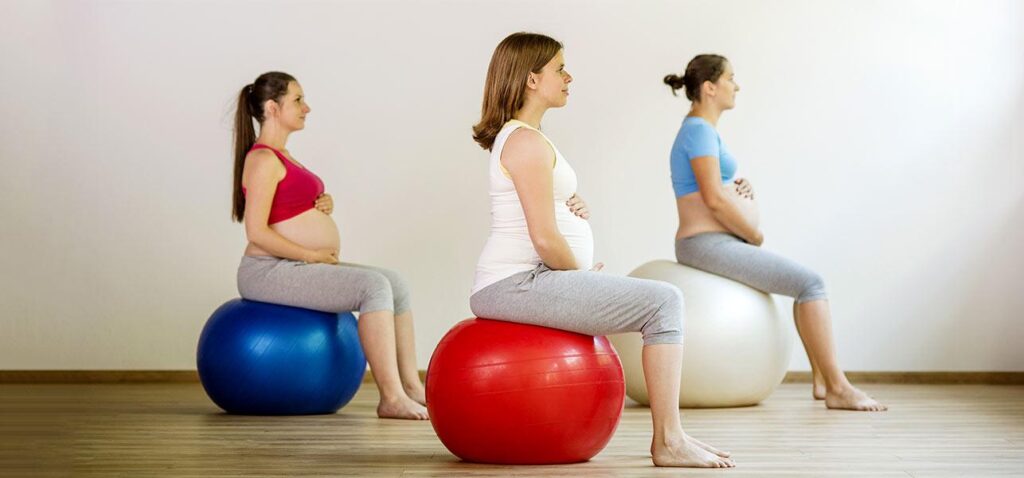Kegel exercises, also known as pelvic floor muscle training, are a type of exercise done to strengthen the pelvic floor muscles. The pelvis is the area located between the abdomen and the legs. The pelvic floor is made of muscles and tissues in the pelvic area that forms a suspension for organs, including the uterus, bladder, small intestine, and rectum. During Kegel exercises, you should voluntarily contract and relax pelvic muscles. It was first demonstrated by Dr. Arnold Kegel in 1940.
Causes of pelvic floor weakening in pregnancy
Pregnancy and childbirth can affect the strength and integrity of pelvic floor muscles. Hormones during pregnancy are known to relax these muscles and affect their natural composition, thereby decreasing their power. Nerve damage can happen during childbirth, leading to decreased strength of these muscles.
Benefits of Kegel exercises in pregnancy
Performing Kegel exercises have shown to provide many benefits during pregnancy. It can make childbirth easier as you will have more control over the muscles during labor and delivery. Kegel exercises can also decrease the chances of hemorrhoids and loss of bladder control. After pregnancy, you may experience decreased bladder control which can be regained through these exercises. It can also promote wound healing post your delivery due to the increased blood circulation to the area. The tone of your vaginal muscles is also retained after delivery, hence preserving your orgasms and sexual experience.
Precautions to be taken while doing Kegel exercises
You should make sure that your bladder is empty while doing Kegel; otherwise, it can be counterproductive. Also, never attempt to do Kegel exercises while urinating except to identify the pelvic muscles initially because it can lead to urinary infections. Also, try not to overdo Kegels as they cause increased straining while using the bathroom.
Steps to perform Kegel exercises
The first step in doing Kegel exercises is to locate your pelvic muscles. Try to stop the flow of urine while in the bathroom, or you can place a finger or cone in the vagina and try to squeeze them. You should tighten and relax these muscles for 3 seconds each at least 30-40 times a day in the beginning and gradually increase the time and frequency as you gain power and endurance. Initially, you might require instructions and supervision from a specialist. These exercises can be done while sitting, standing, or lying down. Do not hold your breath while performing them. Also, try not to use your buttocks, thighs, or abdominal muscles. Once you are comfortable doing these exercises, you can perform them during your routine activities like watching television, reading a book, cooking, etc. Kegel exercises can be continued lifelong.
An insight from mamahood
If you feel that you are not doing Kegel exercises correctly, you can always seek expert help. They can help you identify the correct muscles. There is a method called biofeedback training used by doctors in which they place a monitory device inside your vagina and electrodes externally and supervise your contraction of pelvic muscles. If it is still difficult for you, the muscles can be contracted by electrical stimulation initially, and later on, you will be able to do it by yourself. As said earlier, you can continue these exercises throughout your life, and it can also prevent the sagging of your pelvic organs in old age due to decreased strength of the pelvic muscles.








